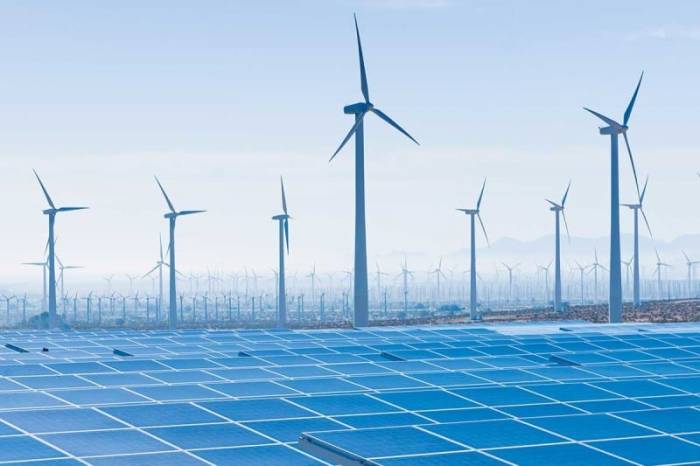The move was dressed up as a way of ensuring the country’s electricity grid remains reliable and secure. But given Trump’s campaign promises, and recent reports identifying no immediate threat to US grid reliability, it is hard not to conclude that his true aim is to prop up the dying coal industry.
It is a stance as forlorn as it is misguided. In the US as elsewhere, it is because of sound economic reasons, not just environmental concerns, that coal and nuclear are struggling to compete with natural gas and renewables such as wind and solar. Thanks to an explosion of technology designed to counter the variability of wind and solar (see “How to keep the lights on without burning the planet”), the reliability issue is a red herring that’s getting redder. Covering 100 per cent of our energy needs through renewable resources is no longer the impossible dream.
The question is whether we can muster the political will to make it happen by mid-century, as we must do if we are to limit dangerous climate warming. Political will is a slippery concept, typically defined only in its absence. While clearly not present at federal level in the US, it is thankfully emerging elsewhere. Individual US states and cities are falling over themselves to commit to ambitious renewables targets, as in Europe. China, meanwhile, is investing heavily to position itself as a global leader in renewable technology, a strategy that will only accelerate its rise.
Trump’s short-sighted vision is ultimately America’s loss. When it comes to 100 per cent renewables, the answer is clear. Yes, we can.
More about: renewables
















































